iPhone X review: the best you can get and a worthy Black Friday purchase
You were worried? So were we, but it's OK because, well, the iPhone X is brilliant

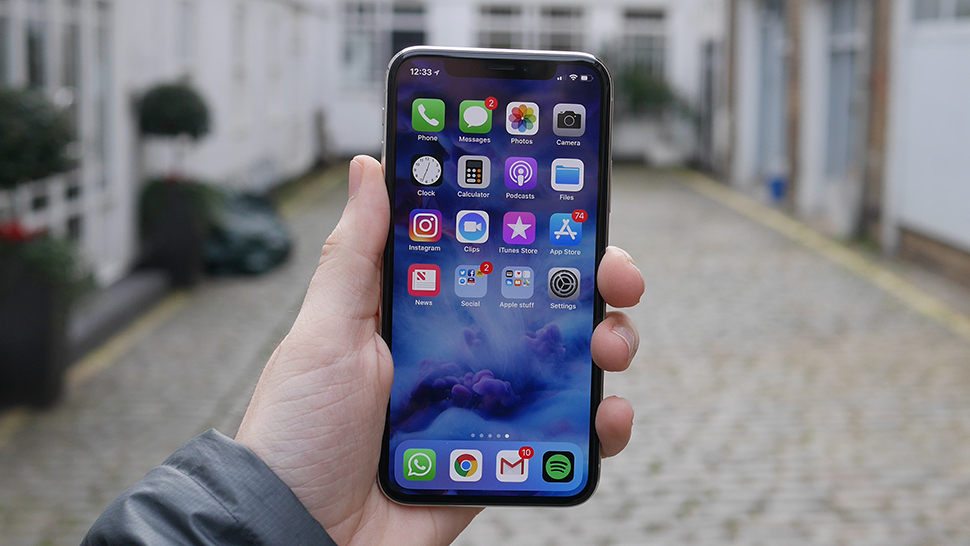
iPhone X has it all. Obviously it's not for everybody, but as the most premium of premium phones there's none better.
-
+
Desirable design
-
+
Face ID is ace
-
+
Excellent cameras
-
-
So expensive
-
-
Side button controls annoy
-
-
Notch means some app quirks
Why you can trust T3
The most important phone since the original iPhone? Well perhaps. It's clearly a radical new design that – Apple says – paves the way for another decade of smartphones. So this review is driven by one central question in mind. Can we really cope with a phone that pretty much relies on no physical controls when in use?
Regular T3.com readers will know that we don’t normally talk much about price. It’s the same here, but it’s hard to deny that iPhone X is expensive, even when compared to the last phone we gave five stars to – the Samsung Galaxy Note 8. We’ve seen some amazing phones this year so we’ll also be asking if the iPhone X is the best of them.
The iPhone X is the first of a new generation of iPhones according to Apple. That's clear just by looking at it – there's no home button – the iPhone's principal control mechanism for the last decade.
- Got an iPhone X or picking one up and need a case? These are our top picks
- 2018 iPhone: leaks, rumours and what we're expecting from the new iPhone
- Apple to launch three new cheaper 2018 iPhone X models
Central to this is Face ID. Apple’s Touch ID tech works so well, especially for payments, and before looking at the iPhone X (pronounced ‘ten’) we were very sceptical as to whether Face ID was a worthy replacement for touch. You’ll see what we made of it below.
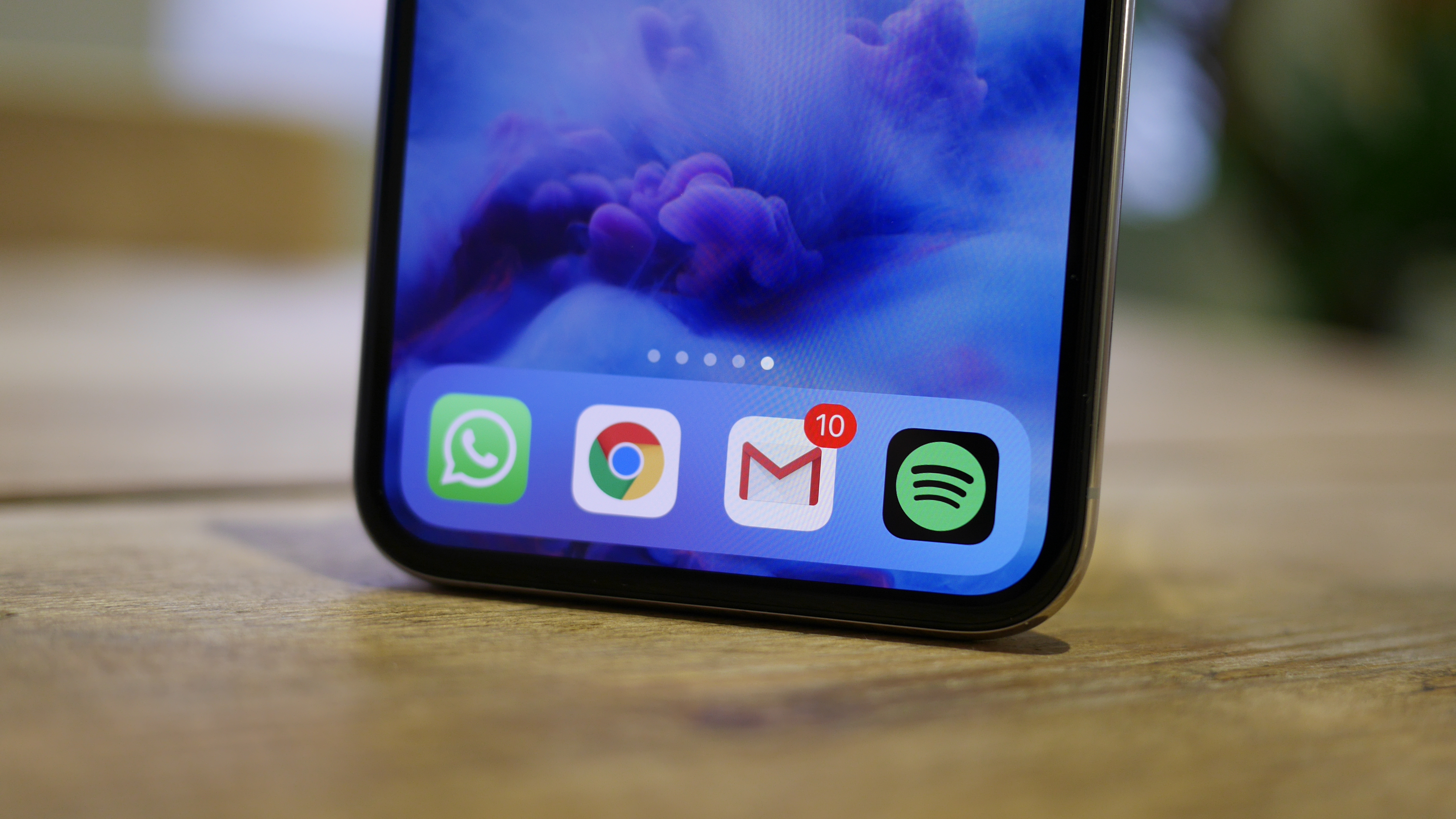
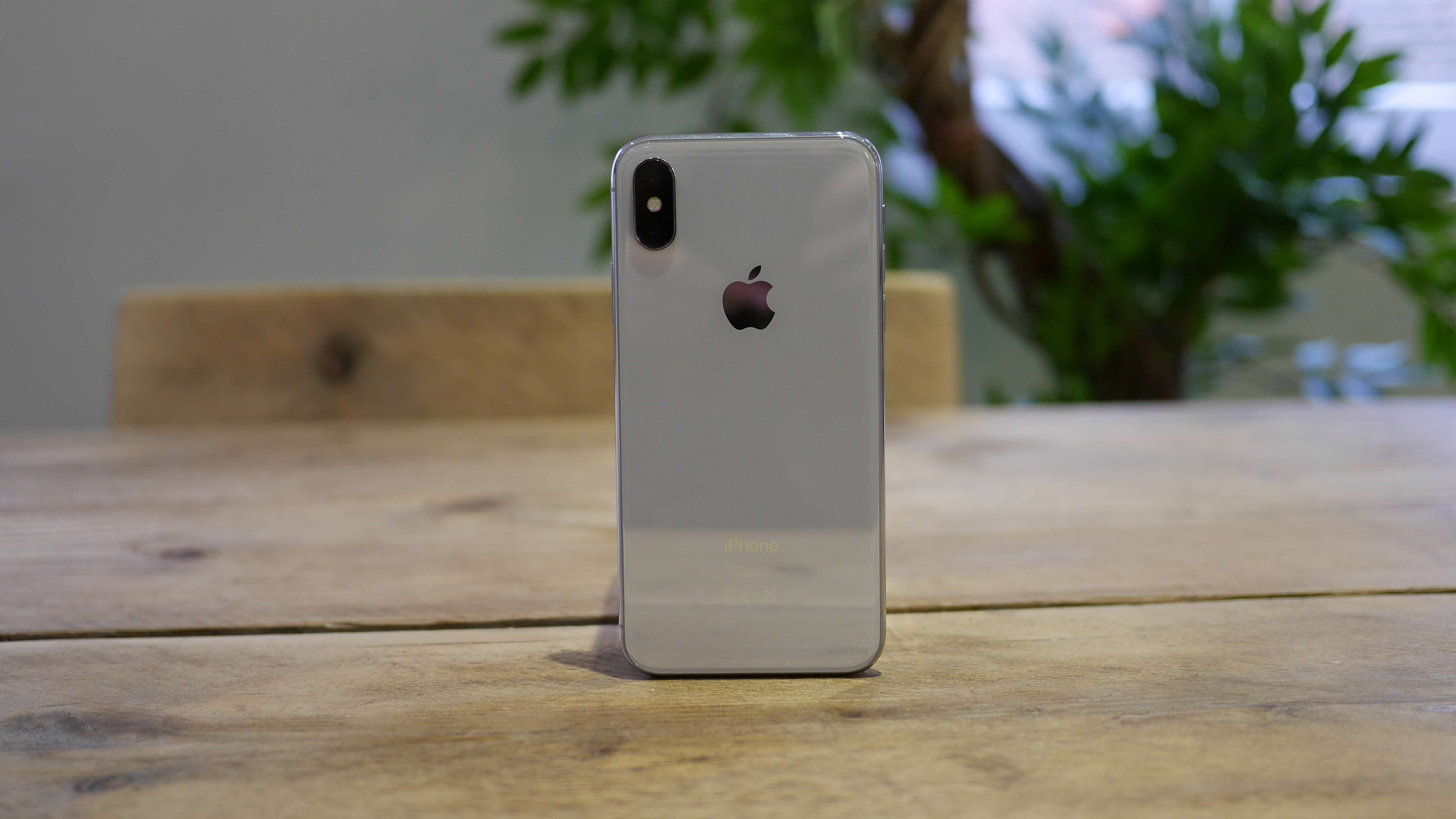
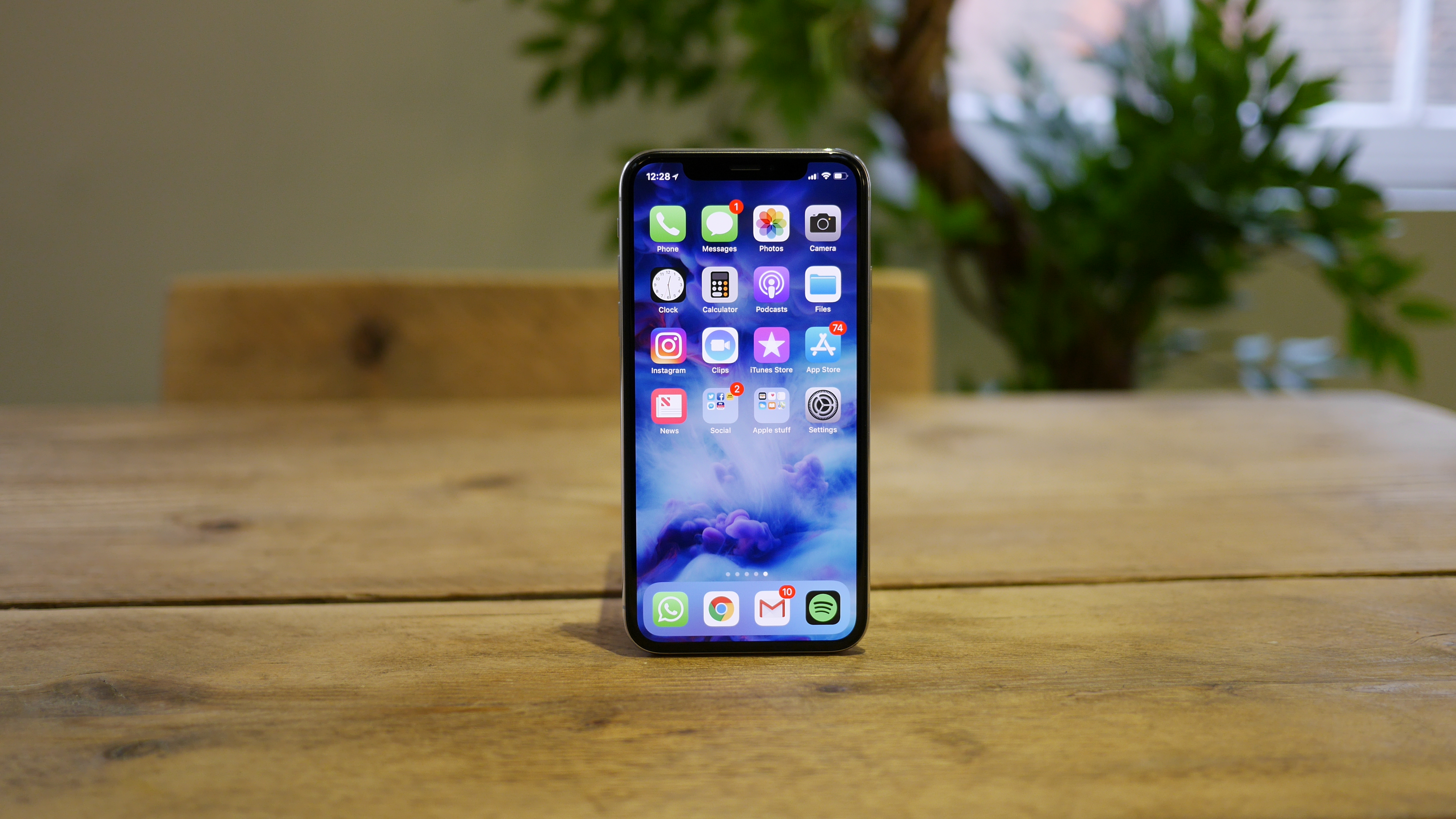
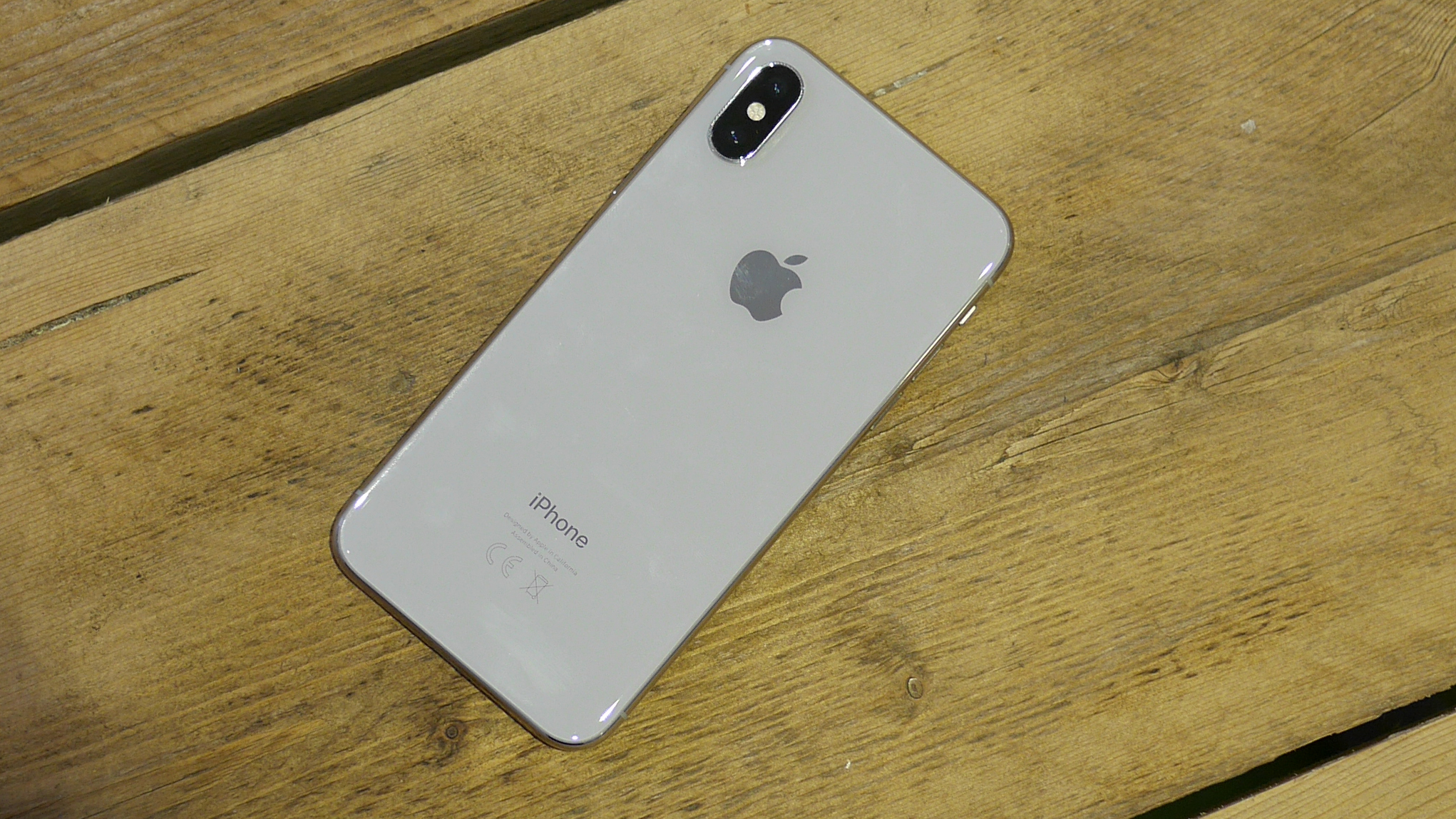
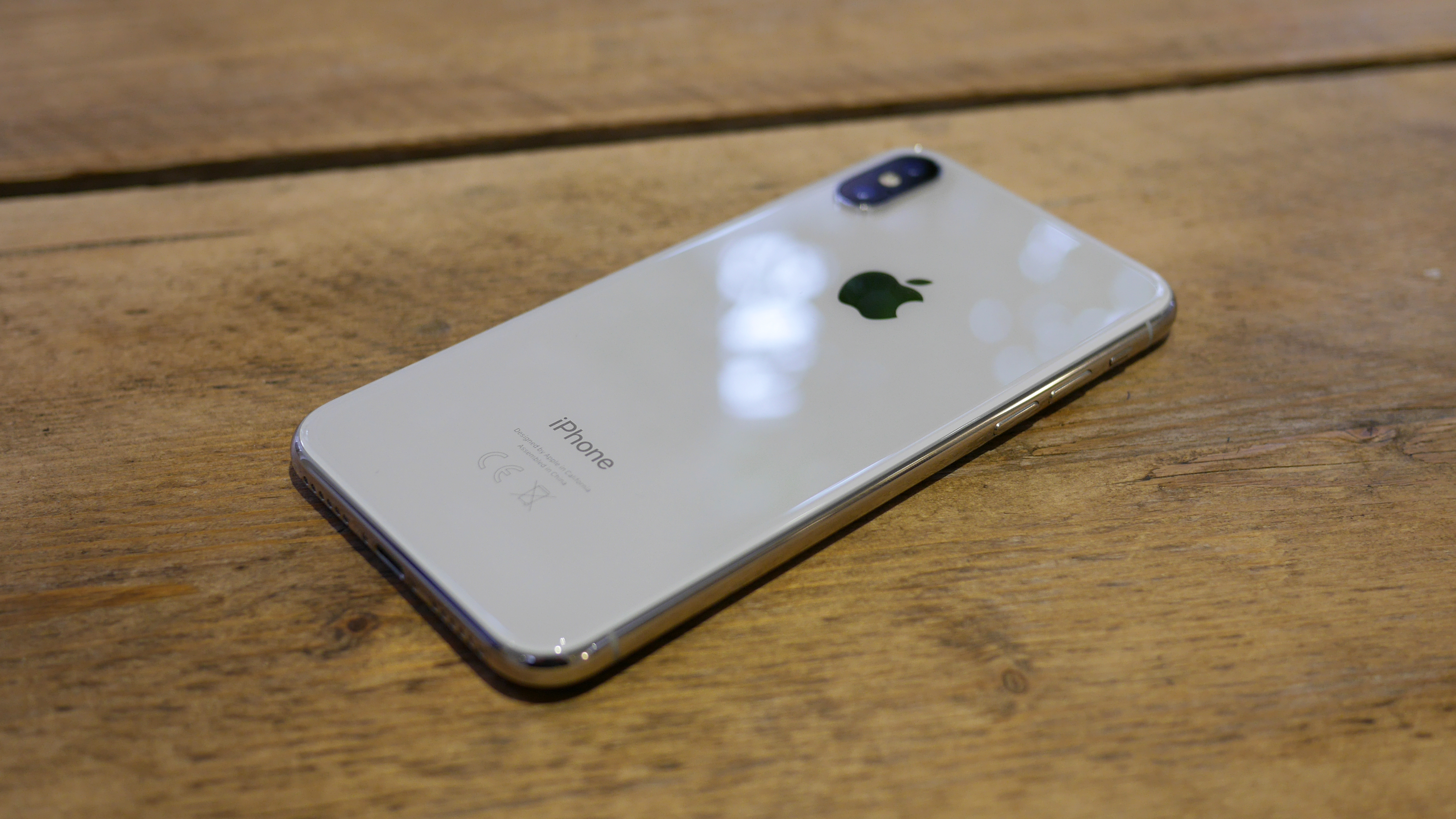
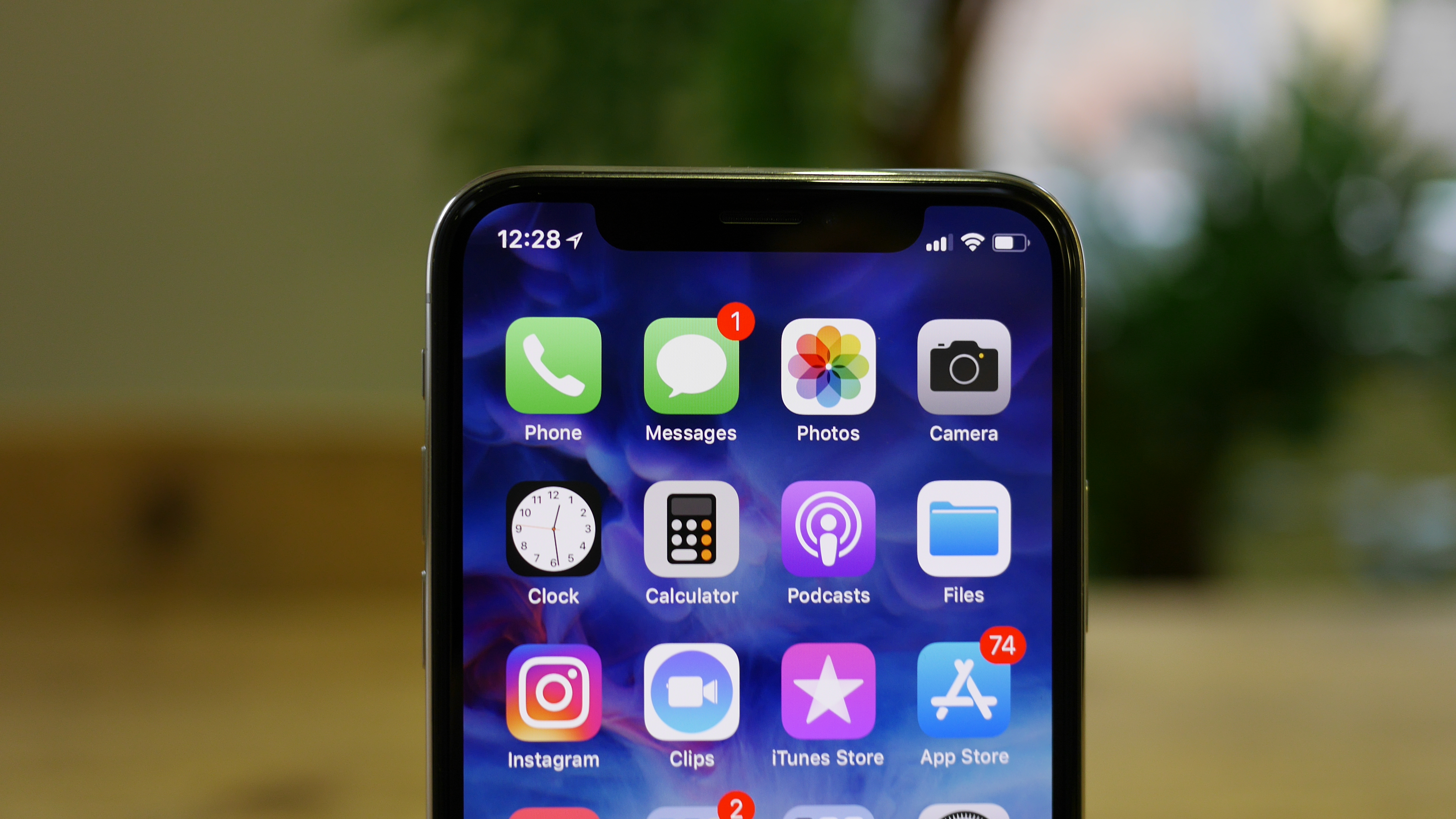
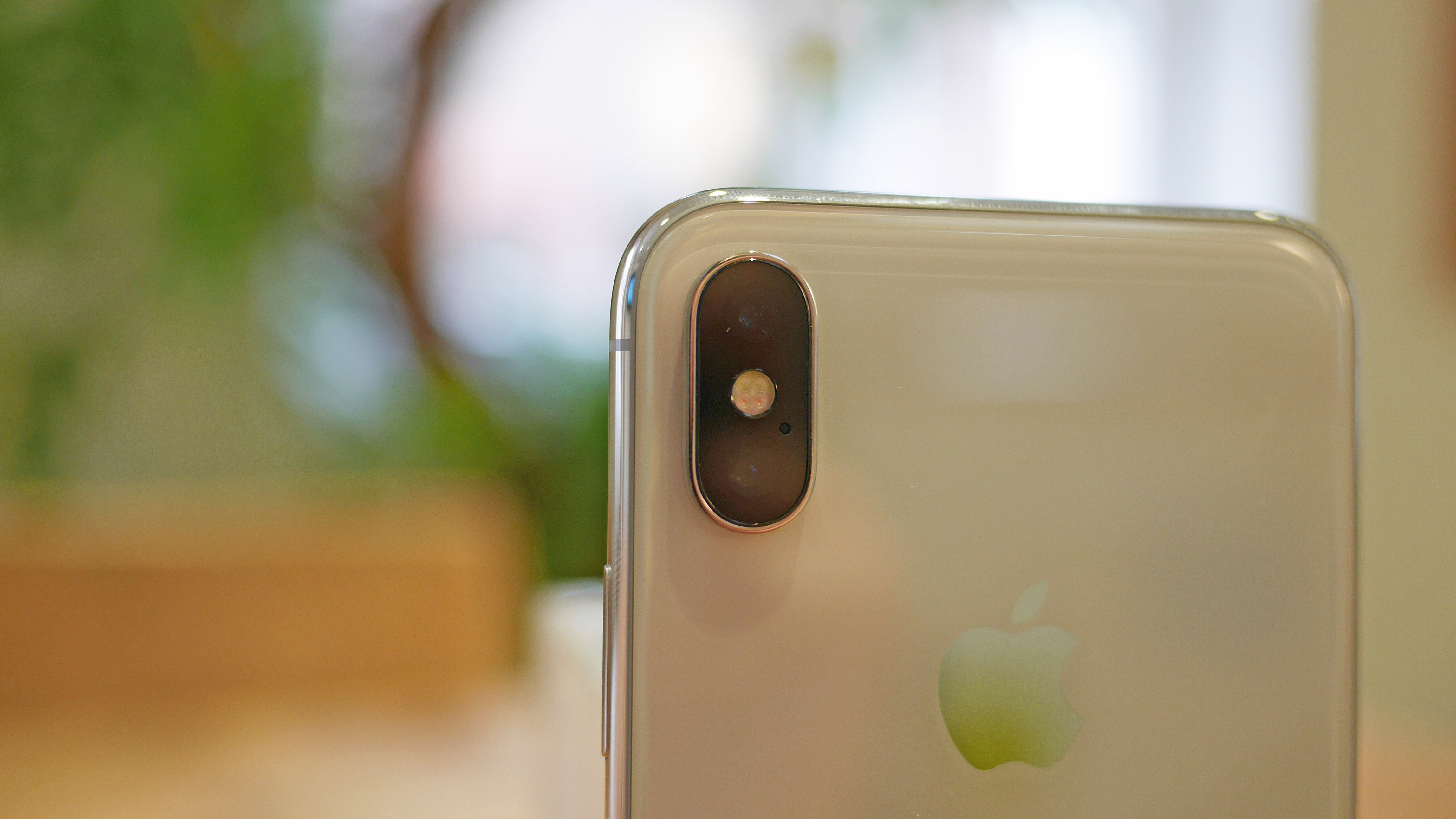
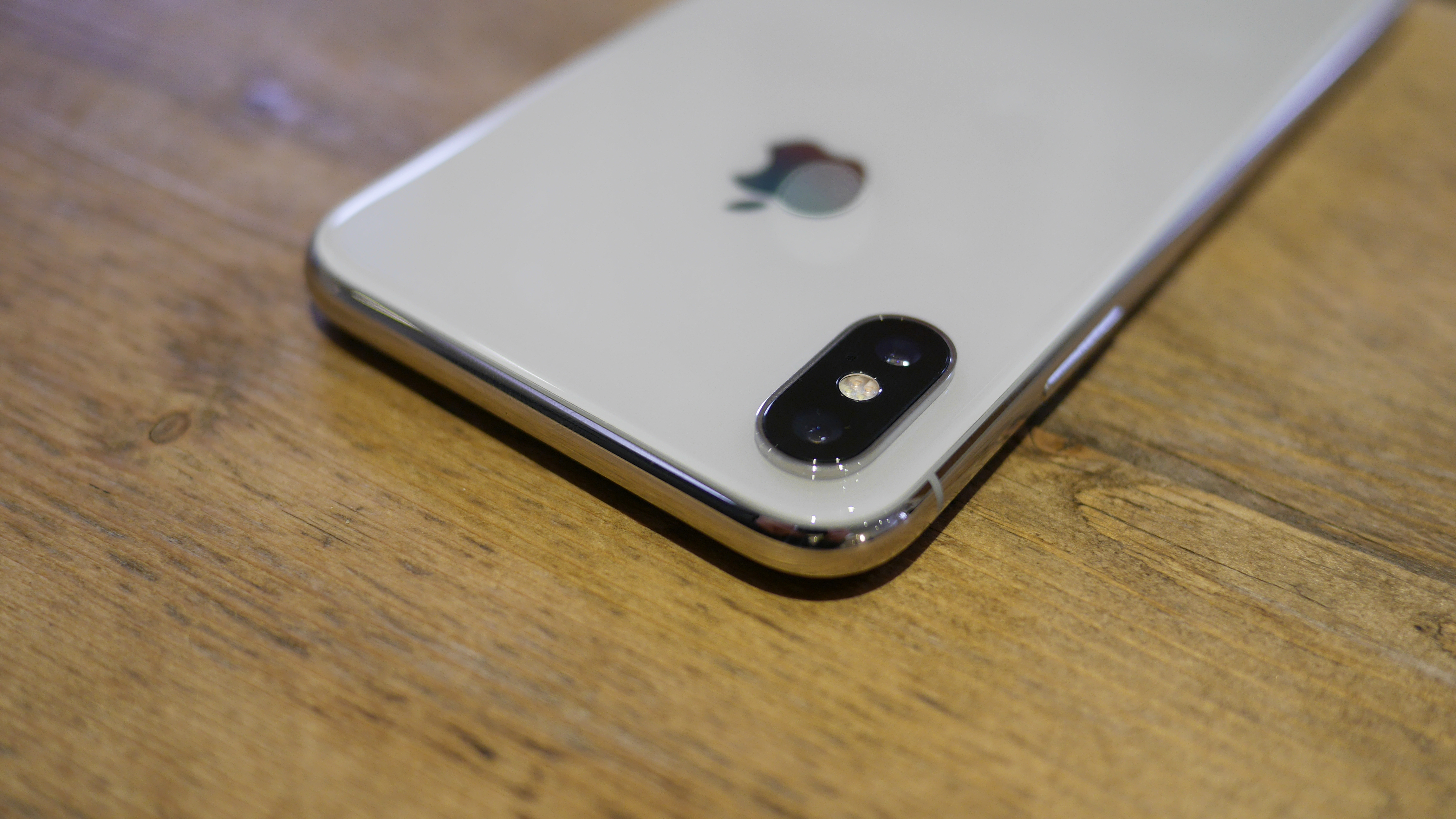
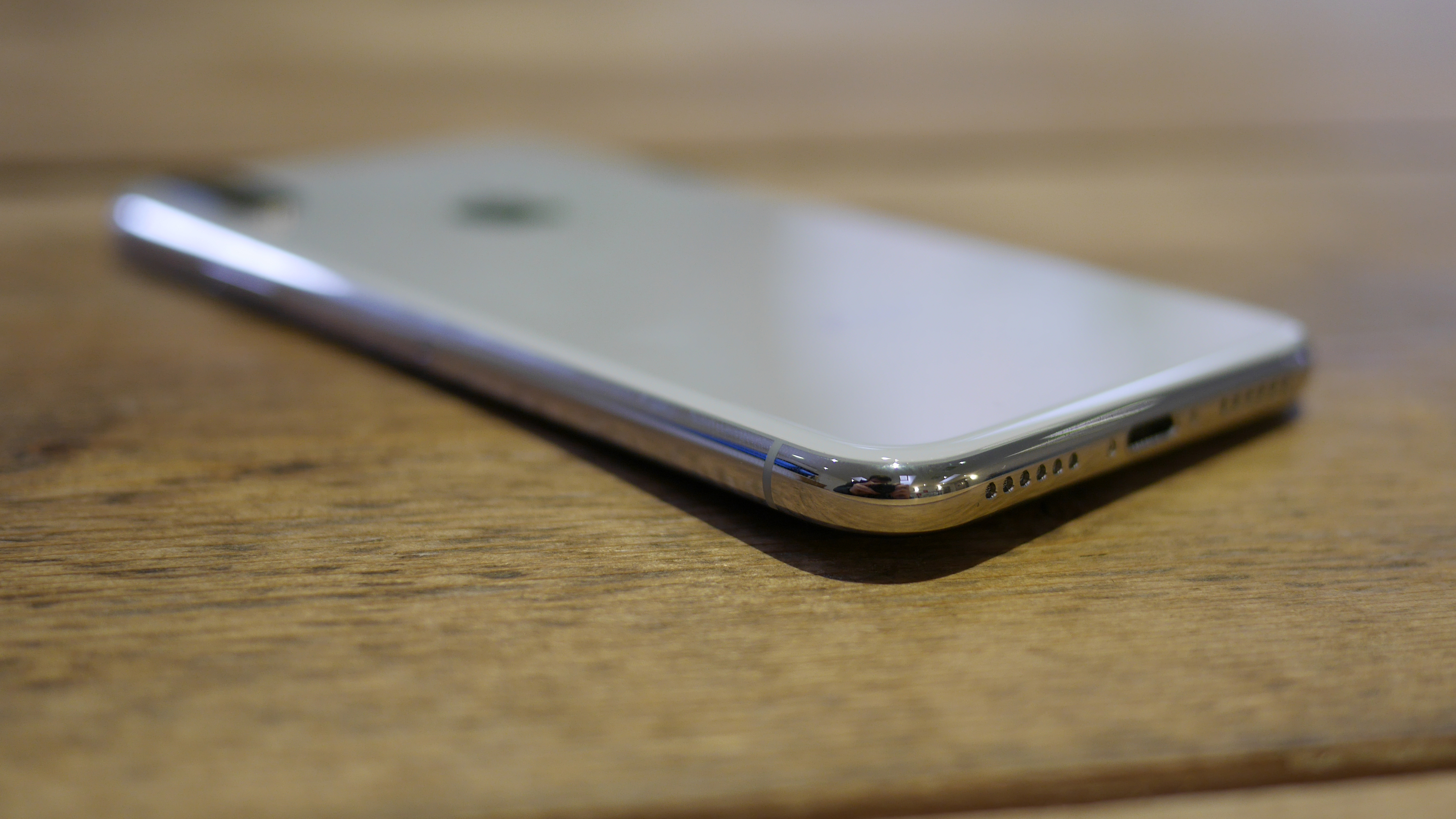
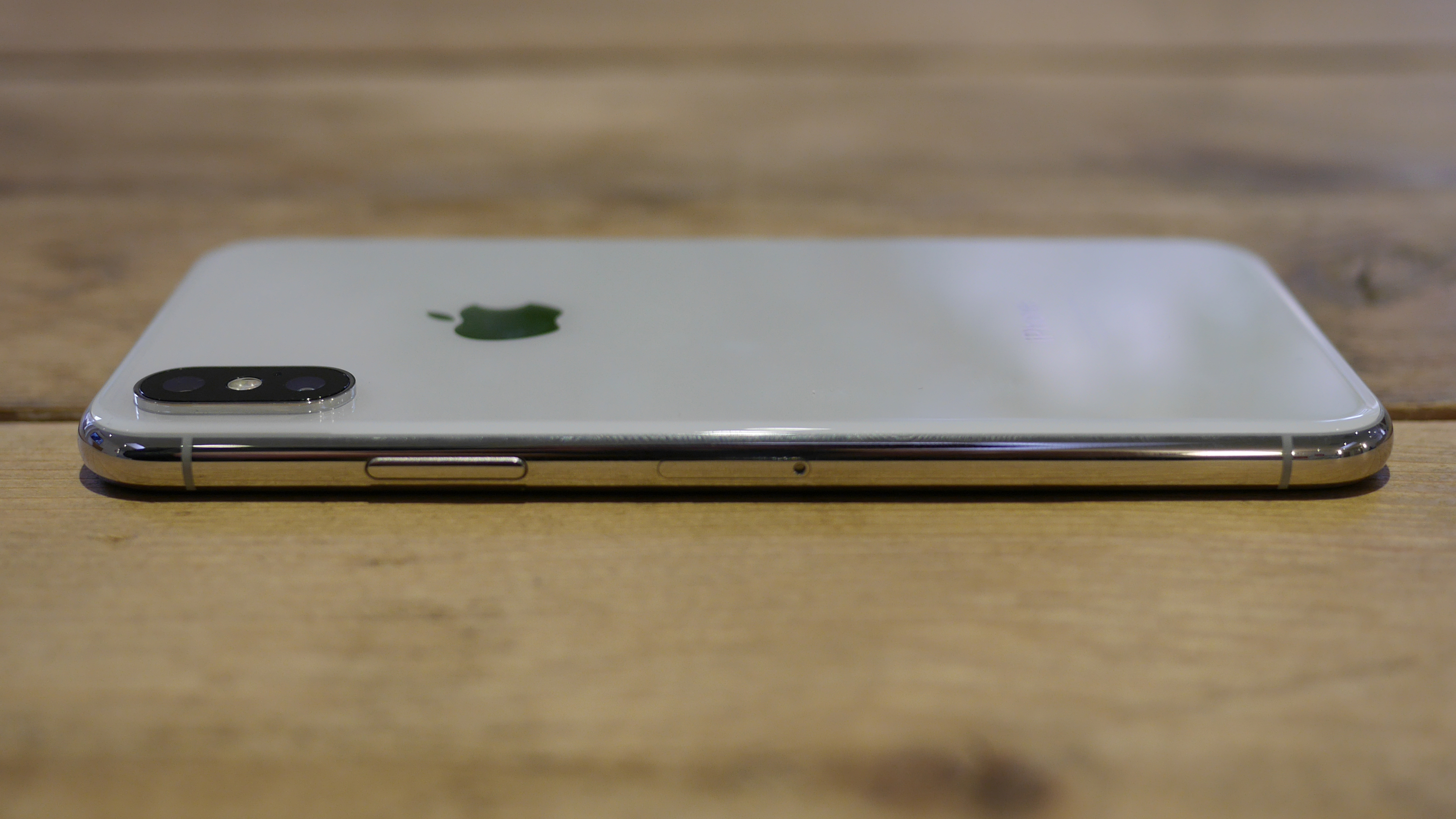
iPhone X design
The first thing that’s quite surprising when you take it out of the box is just how small it is. The last two phones this writer has used are the Note 8 and latterly the iPhone 8 Plus, both superb handsets – but big. Of course, it’s not the iPhone X display that’s small, but the body of the phone is. It feels a lot more like the iPhone 8 than the 8 Plus.
The materials used undeniably make the phone feel super-premium, even if the glass back is a bit of a fingerprint magnet. The new glass-backed design means that you can set the iPhone X down on a wireless charging pad and it'll instantly start sucking up juice. It's the universal 'Qi' standard as well, so you won't need a special Apple wireless charger for this to work. Apple has the power to make technologies mainstream because of its ability to convince partners that 'now is the time' to adopt. Integrating the Qi wireless standard at this stage is a phenomenal boost to wireless charging, even if others have been doing it for ages.
You can charge the handset up in around two hours normally, but connecting a USB-C to Lightning cable to a USB-C MacBook charger will give you fast charging, up to 50 percent in about half an hour. You can almost watch the battery percentage tick over as you charge (frustratingly you can no longer see the battery percentage in the status bar, you need to pull down Control Center).
We love the stainless steel edge especially. The so-called ‘notch’ at the top of the screen is far from intrusive and houses plenty of stuff. However, there is a bit of an issue with some apps not rendering themselves correctly around the notch, while some apps – Safari notably, just use bars to make the screen a more conventional shape. Expect these quirks to get ironed out.
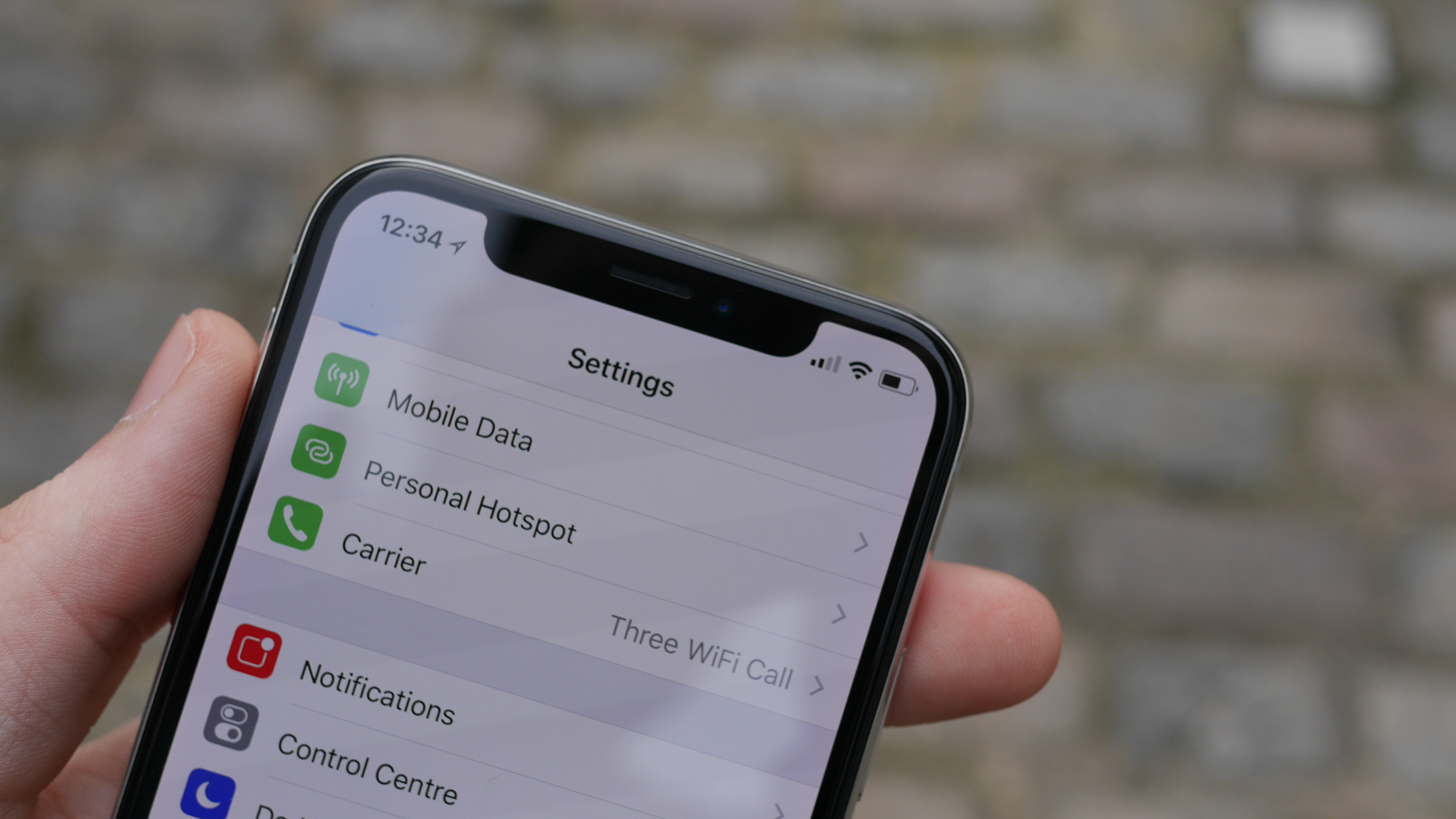
The notch in the screen is not overly intrusive but some apps don't render around it correctly
The second thing that’s surprising is the first time you swipe up to go to the Home screen in iOS 11. It should feel weird, but we found it didn’t. Other reviewers said it took them days to get used to the lack of home button, but we really weren’t troubled by it. Yes, really. We surprised ourselves and have only tried to press a non-existent home button a few times.
Indeed, we found ourselves significantly more perturbed by other control changes – swiping down from the top right to get to the Control Center is fine, but your thumb doesn’t quite stretch that far, so you need two hands or you need to jockey the handset slightly into position. Apple’s ‘Plus’ size Reachability feature to enable you to pull down stuff at the top of the screen (that, to be honest, we always invoked by mistake) is no longer on by default here, but it is there if you want it.
The side button – formerly for on/off and sleep/wake – is overused for features now there is no home button. As well as putting your phone to sleep, it’s now co-opted for Siri (long press) and Apple Pay (two short presses). This works OK, but not brilliantly. We found ourselves putting the phone to sleep rather than getting to Siri. Not good, though of course you can invoke Siri with your voice.
If like us you switch your phone off at night (we value our sleep) then you’ll now need to press and hold one of the volume buttons plus the side button. A quick press on the volume up and side button takes a screenshot (don’t use volume down and the side button as that will sleep your phone). So that’s one volume button for one function and either for another – it’s way too complex.
One thing that isn’t complex is Face ID. You set it up during the initial iPhone configuration and then, er, that’s it. 15 minutes after we started to use the phone we realised we’d locked it several times (as we took photographs and generally played around with the side button controls) but we had just swiped up to open the phone each time.
It suddenly dawns on your that your face has indeed unlocked the phone. It’s a strange moment. We hadn’t had to make any effort to unlock it. And that’s what Face ID is supposed to be like.
It isn’t the barrier that you imagine it could be, though we did find it a little weird to have to make sure our face was available when using Apple Pay! Now, Samsung’s facial recognition (to unlock the Note 8 and S8) is close to Face ID. We were impressed at the ease at which it unlocks the Note 8 recently. But it doesn’t do anything else. Because Face ID is so baked into iOS it means that you rarely need your passcode. And it’s not just about unlocking your phone with the iPhone X, it’s about Apple Pay, App Store payments and more.
iPhone X specs
OS: iOS 11
Chipset: Apple A11 Bionic
RAM: 3GB
Storage: 64GB / 256GB
IP Rating: IP67 waterproof
Display: 5.8-inch AMOLED 1125 x 2436 pixels (458 PPI)
Camera: Dual 12 MP wide and tele, both with OIS
Front facing camera: 7MP
Battery: 2716 mAh with Qi wireless charging
Dimensions: 143.6 x 70.9 x 7.7 mm
Weight: 174 g
iPhone X display
The 2,436 x 1,125, 5.8-inch OLED screen seems markedly brighter when placed alongside the 5.5-inch iPhone 8 Plus although it’s apparently is rated for the same brightness as the 8 Plus – 625cd/m2.
The iPhone X does seem a lot smaller when compared to the 6.3-inch display on the Note 8, though. It's certainly true that the edge-to-edge screen looks stunning, both from a design perspective and from a technology viewpoint. But it isn’t groundbreaking thanks to the other edge-to-edge designs we’ve seen this year.
The display also packs HDR and Dolby Vision support, which is very welcome, as it Apple's True Tone technology that we've previously seen on the iPad Pro series. This monitors the ambient light around the handset, and calibrates the screen to perfect it under your current lighting conditions.
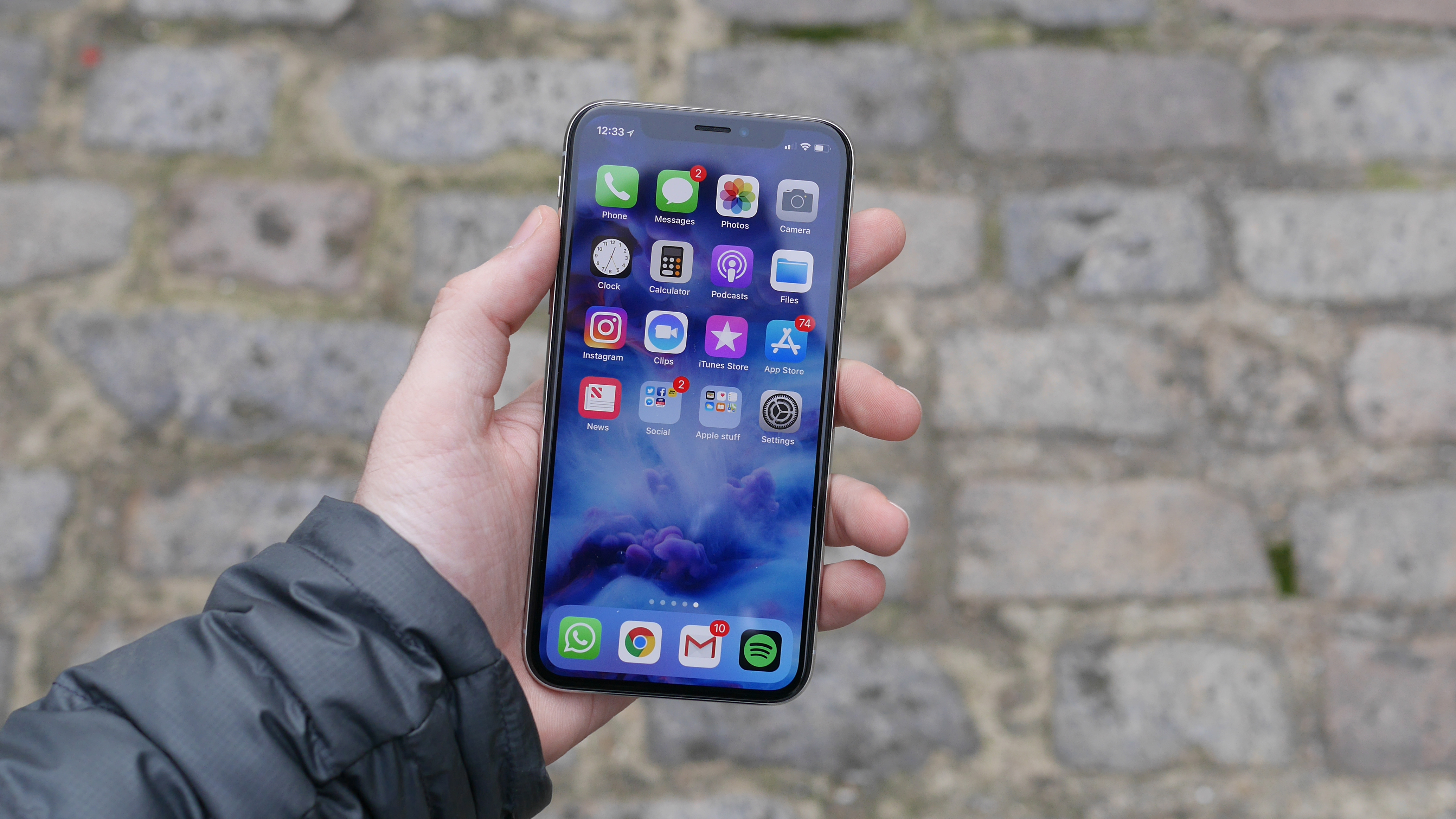

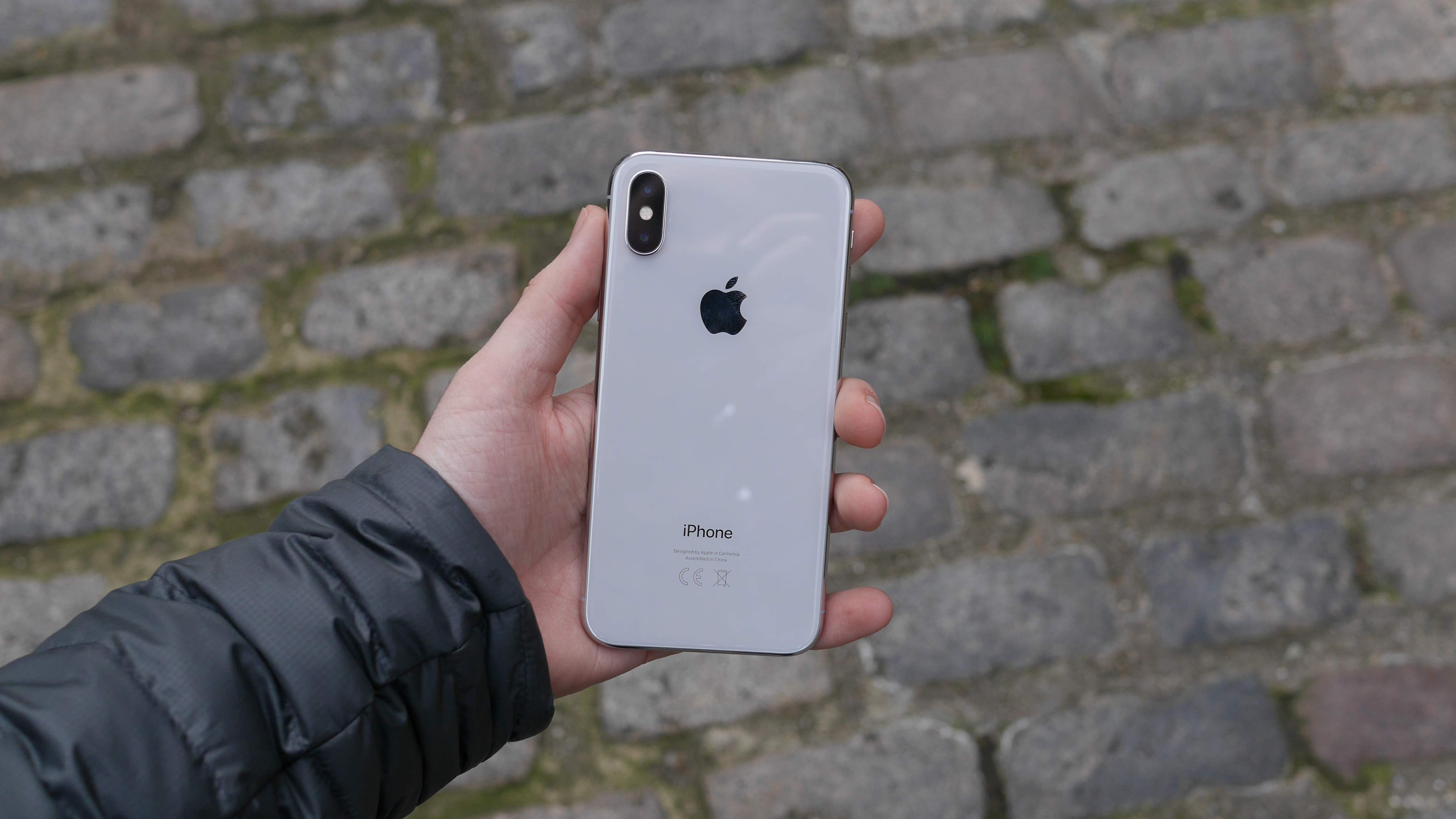
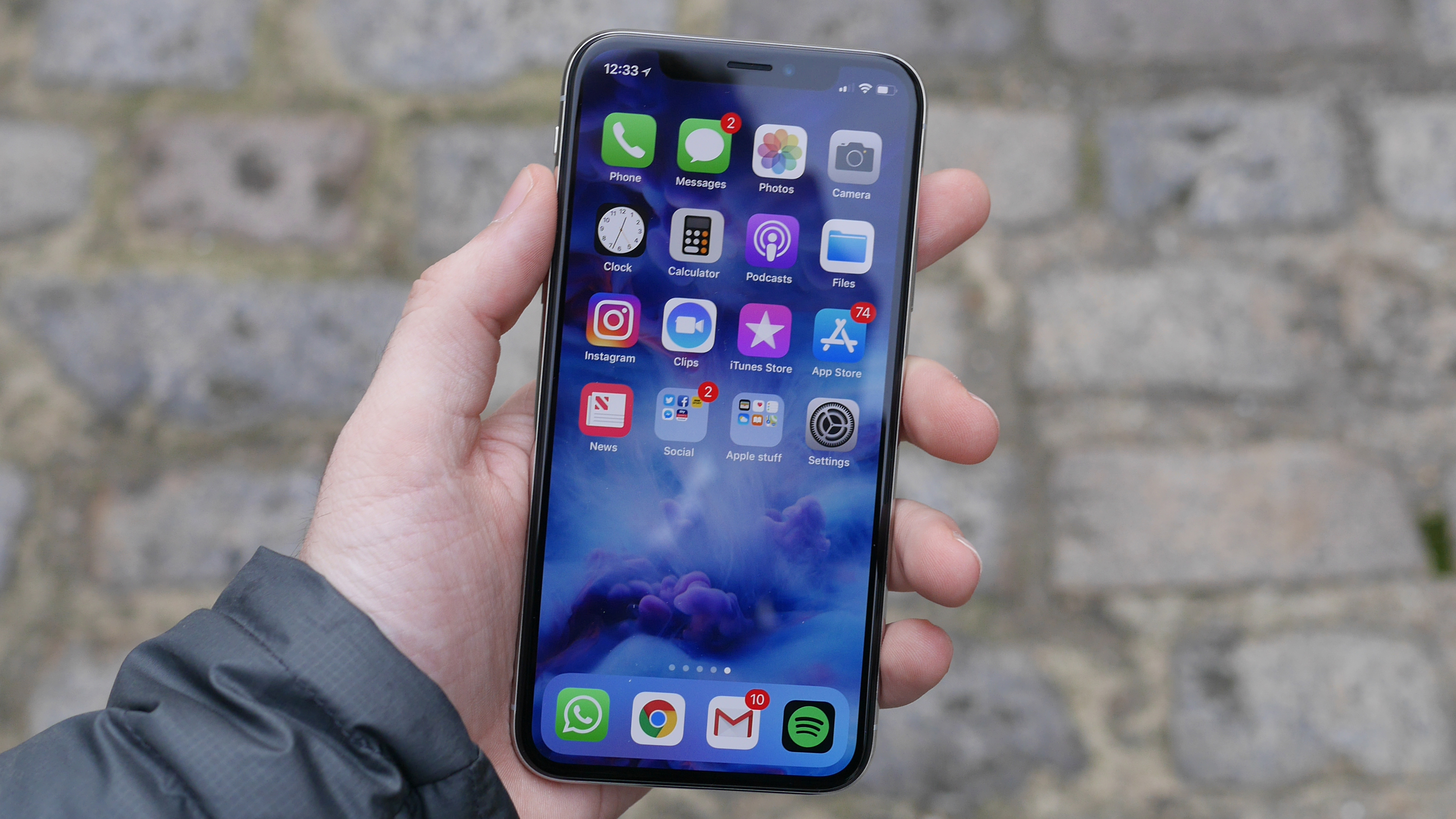
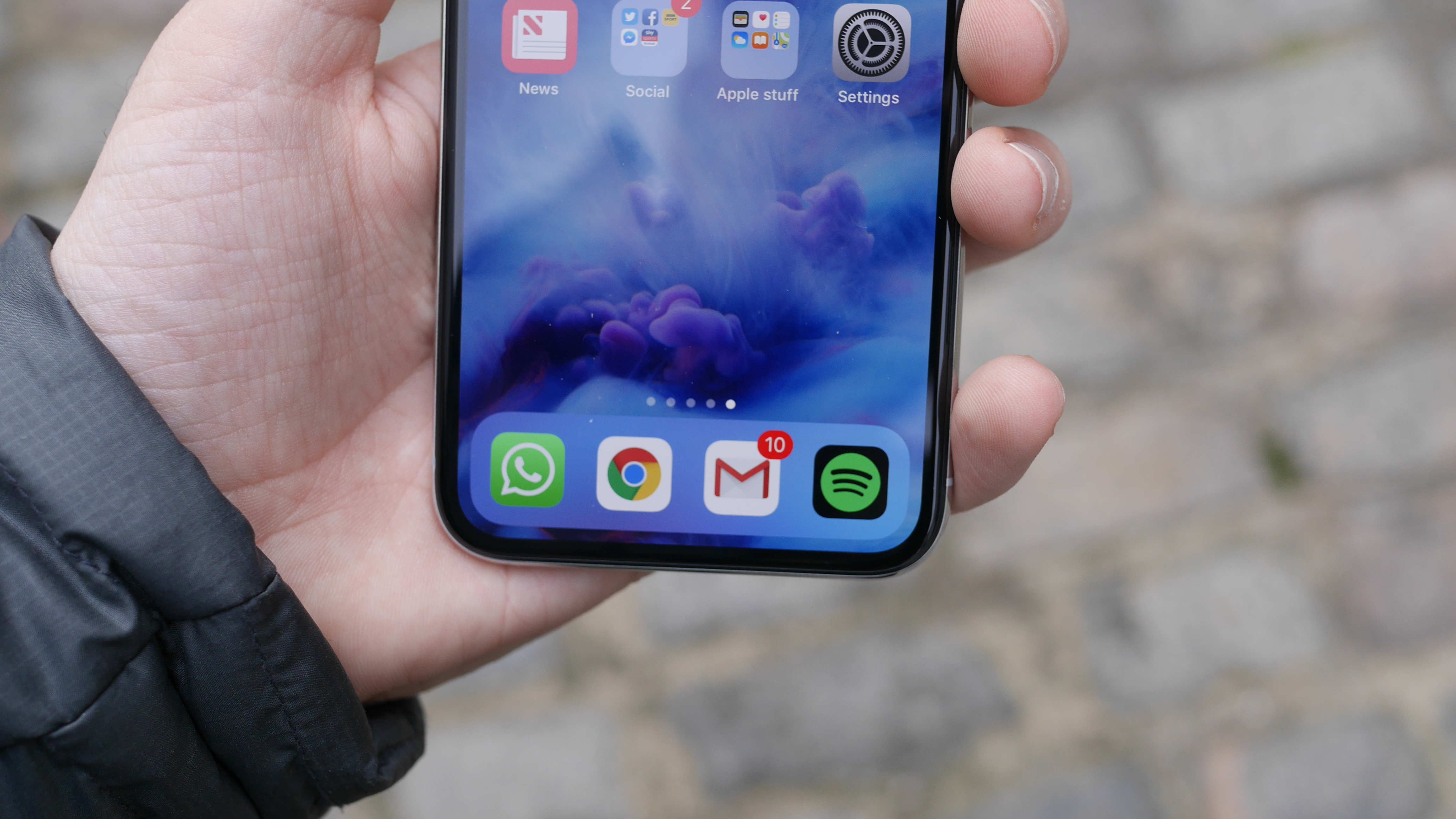
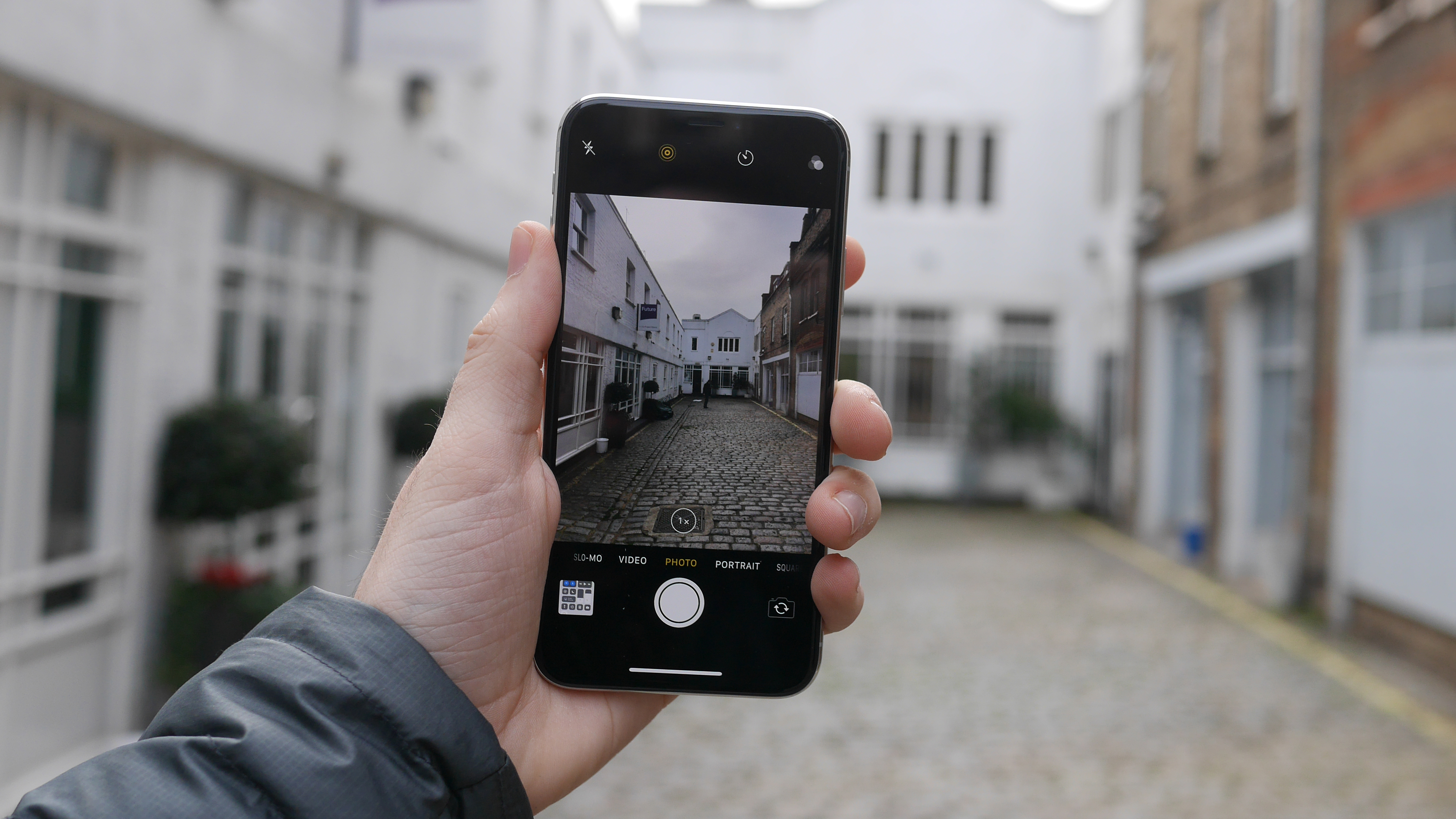
iPhone X performance
The iPhone X excels on the performance front thanks to Apple's new A11 'Bionic' processor. This is the same chip used in the iPhone 8 and iPhone 8 Plus. In our Geekbench 4 test the iPhone X lags behind the ‘8’ handsets on outright single and multi-core performance, but the difference is negligible in terms of the numbers. 4191 vs 4214 from the 8 Plus.
The X is slightly behind in the ‘Metal’ graphics benchmark, but again the difference is negligible.
An interesting footnote is that these iPhones are the first to include a mobile graphics processor that has been designed completely by Apple – the company recently stopped using Imagination’s PowerVR graphics, primarily so Apple can control its own designs, tailored to its needs, especially when it comes to graphically intensive applications such as AR Kit, where we’re seeing some truly innovative apps.
iPhone X battery life
We’ve found that the iPhone X battery life is broadly comparable with the iPhone 8 Plus – Apple itself reckons the A11 Bionic-toting handsets will give you two more hours of battery life versus the year-old iPhone 7.
The 2716mAh two-part battery may be larger than inside Apple’s other premium phone, but the larger screen does for the extra capacity. In real-world (as constant as possible) testing, including watching streams from YouTube and BBC iPlayer and listening to high quality streamed music from Tidal and Apple Music over cellular, we found we were skipping through around 10 percent of battery per hour. Apple cites around 12 or 13 hours of internet use or video playback, so we only found it was slightly worse than that.
The first 10 percent does seem to disappear shockingly quickly though. In reality, for everyday use you will get through the working day and deep into the evening without needing to charge – you’re talking around 16-18 hours.
With lighter use, you’ll probably have about 20 percent left at the end of a complete day. That’s comparable with the iPhone 8 Plus which uses the same A11 Bionic processor. But if you compare like-for-like with the iPhone 8 Plus and watch, say, an HD video for an hour, you’ll notice the iPhone X dropping a bit less, thanks to the OLED display.
iPhone X cameras
You can use 3D touch to launch the camera from the lock screen or swipe in from the right as before.
The front-facing TrueDepth camera is a 7MP model and now features portrait mode. Google’s Pixel 2 boasts excellent portraiture capabilities with a single lens, but here it’s the depth perception of the TrueDepth cam that ensures selfies look superb. And as with the iPhone 8 Plus, you can also add other portrait lighting effects. As with the 8 Plus, some of these modes work better than others – stage lighting in particular is rather patchy. And also new in iOS 11 is the ability to loop, bounce or long-expose live photos.
The rear camera on the iPhone X is very similar to the one on the iPhone 8 Plus, with some very small differences, notably Optical Image Stablisation (OIS) on the telephoto lens (like in the Galaxy Note 8)
There’s a dual 12MP sensor array which produces some truly sensational shots. For taking zoomed-in pictures, or capturing depth perception in a scene) the iPhone X has an f/2.4 aperture, where on iPhone 8 Plus it’s f/2.8. There are some clever technology at play here. For example, when zoomed in during low light conditions, the wide-angle lens (instead of the zoom lens) is utilised to produce a better image. There is still a lot of noise in low light conditions.
With good light, however, it’s hard to fault the photos from the iPhone X, and we’ll bring you a gallery of the best images we’ve taken very soon.
As on the iPhone 8 Plus, the iPhone X can record 4K at 60 frames per second and the results are superb. But, if you’re going to regularly record such high quality on your device, you’ll need a lot of storage space for it.
T3 Verdict
Is the iPhone X the best phone this year? Yes. But only by a whisker. The Galaxy Note 8 is so close, while Apple’s own iPhone 8 Plus gives you so much of the iPhone X benefit without such super expense. In the end though, it’s the marriage of software and hardware that’s so effective here and that’s especially the case when it comes to Face ID.
It’s what Apple is so good at. It’s why the iPhone X is 2017’s best phone, just ahead of Samsung’s devices and – sorry Google – streets ahead of the Pixel 2 (although it has a pretty decent camera). We’ll see what Samsung comes back with when we get our hands on the Galaxy S9 in the new year. Can’t wait.
- Check out it's main rivals in T3's best smartphone guide
- And read our review of the iPhone 8 and iPhone 8 Plus as well
- iOS 11: A guided tour of Apple's new mobile OS
Sign up to the T3 newsletter for smarter living straight to your inbox
Get all the latest news, reviews, deals and buying guides on gorgeous tech, home and active products from the T3 experts
For 25 years T3 has been the place to go when you need a gadget. From the incredibly useful, to the flat out beautiful T3 has covered it all. We're here to make your life better by bringing you the latest news, reviewing the products you want to buy and hunting for the best deals. You can follow us on Twitter, Facebook and Instagram. We also have a monthly magazine which you can buy in newsagents or subscribe to online – print and digital versions available.
-
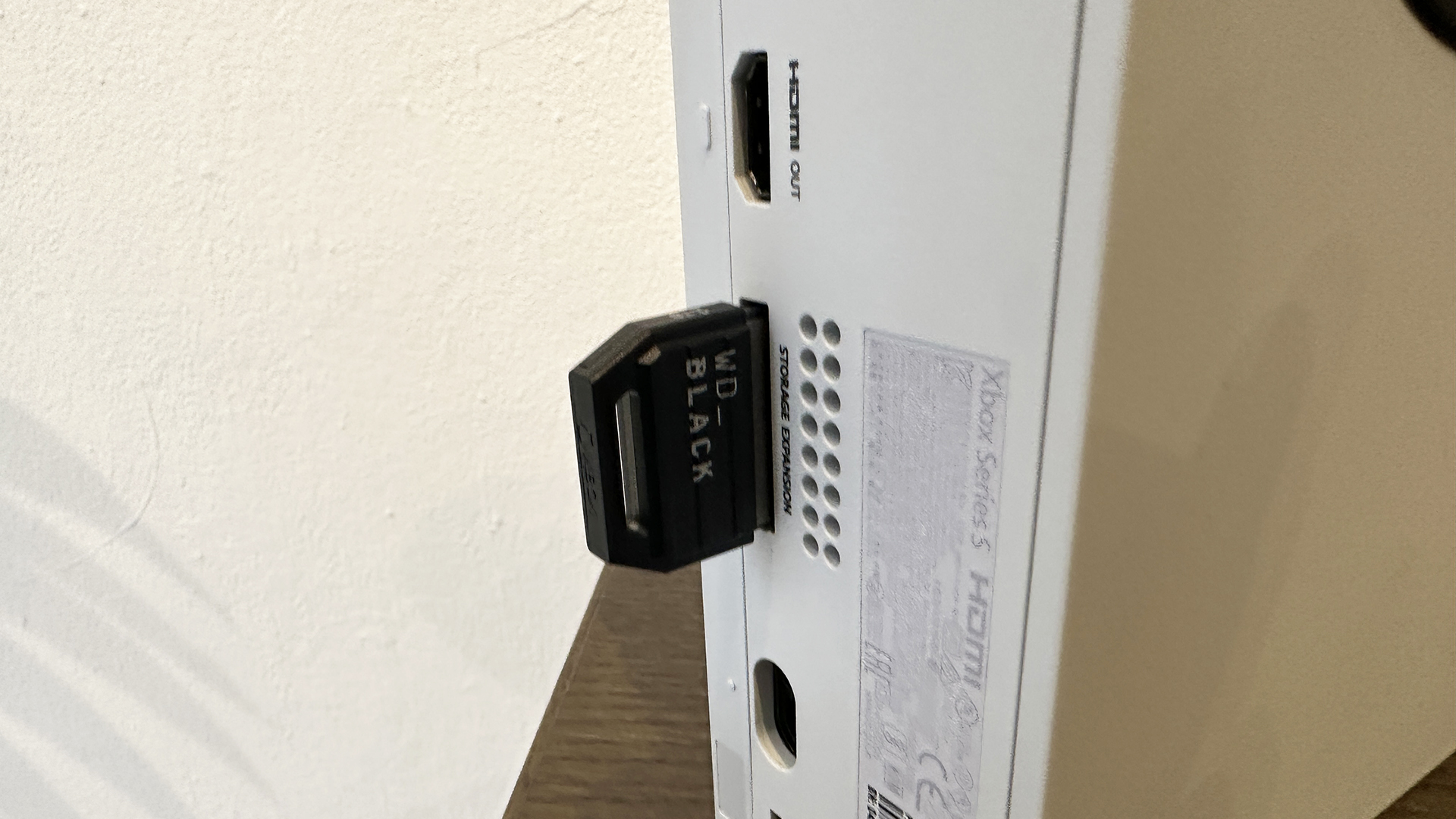 Xbox Series X/S storage space problems solved by a sneaky Xbox Game Pass update
Xbox Series X/S storage space problems solved by a sneaky Xbox Game Pass updateYou may never have to buy external storage again
By Rik Henderson Published
-
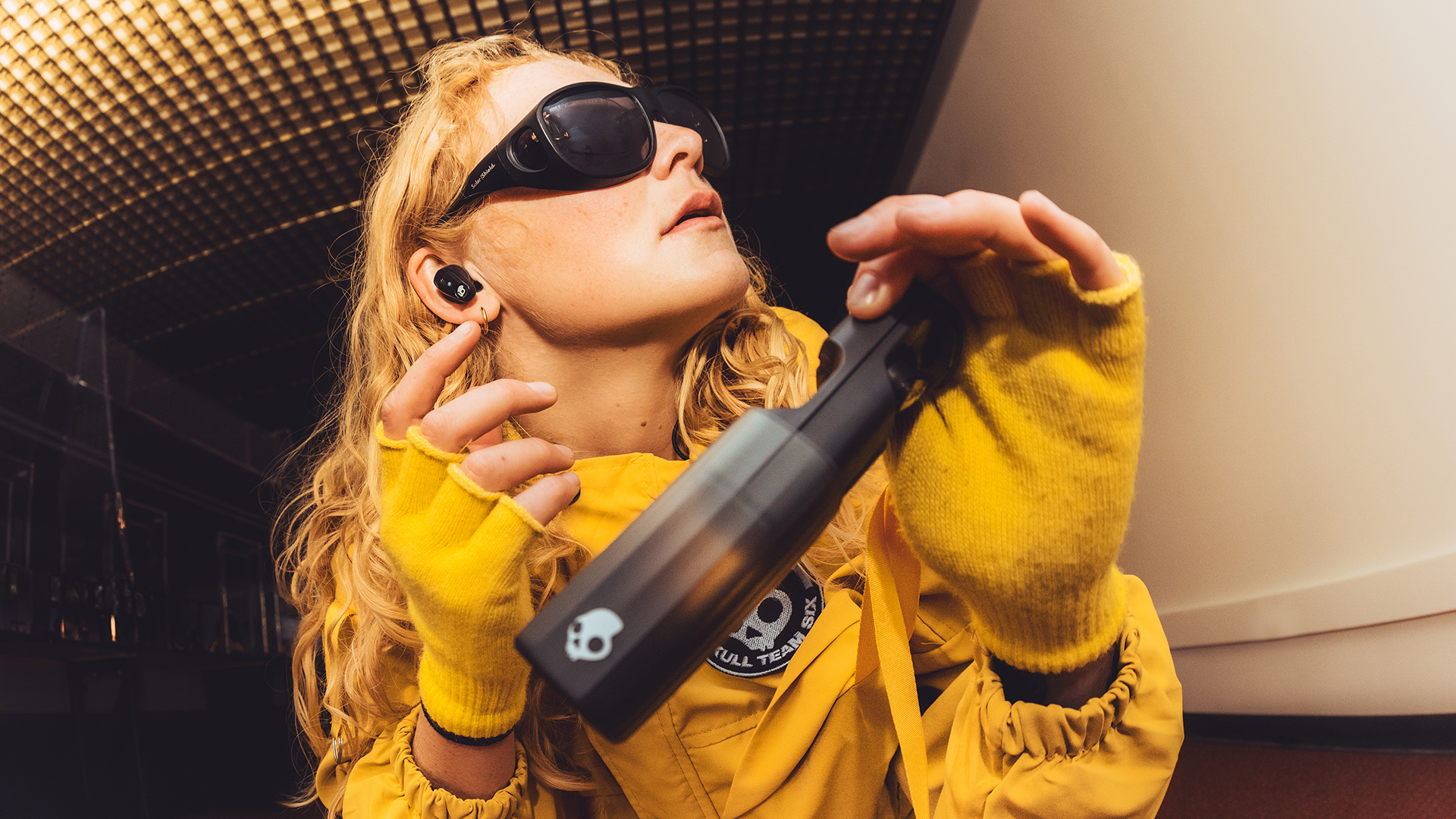 Skullcandy’s ANC earbuds are Bose in disguise with a very low price
Skullcandy’s ANC earbuds are Bose in disguise with a very low priceWith Bose sound and Skullcandy prices, these could be the budget buds to beat
By Carrie Marshall Published
-
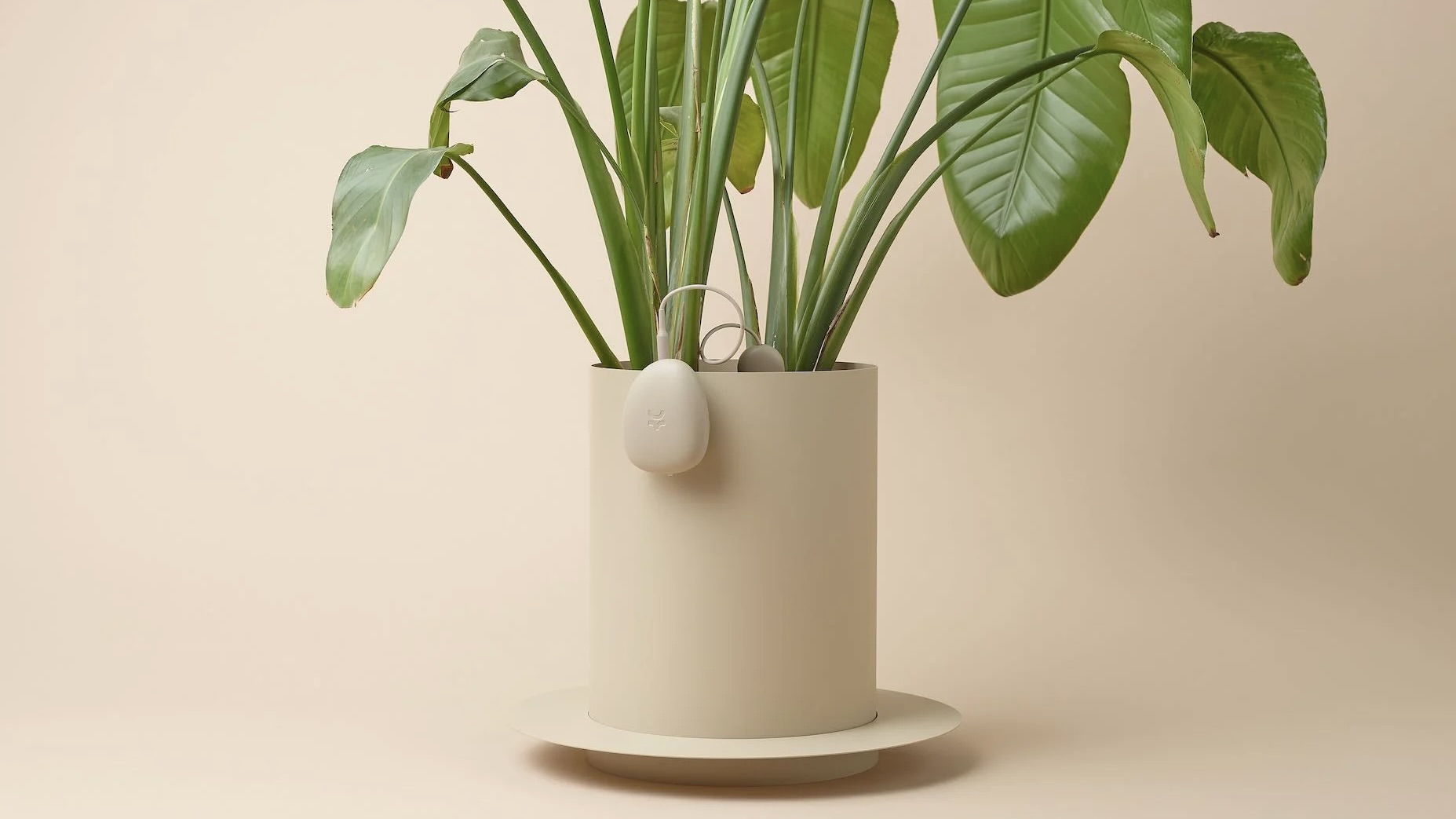 This smart home gadget can tell you when to water, feed and move your houseplants
This smart home gadget can tell you when to water, feed and move your houseplantsStress-free plant care? Yes please
By Lizzie Wilmot Published
